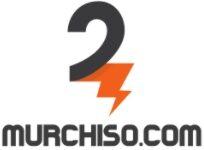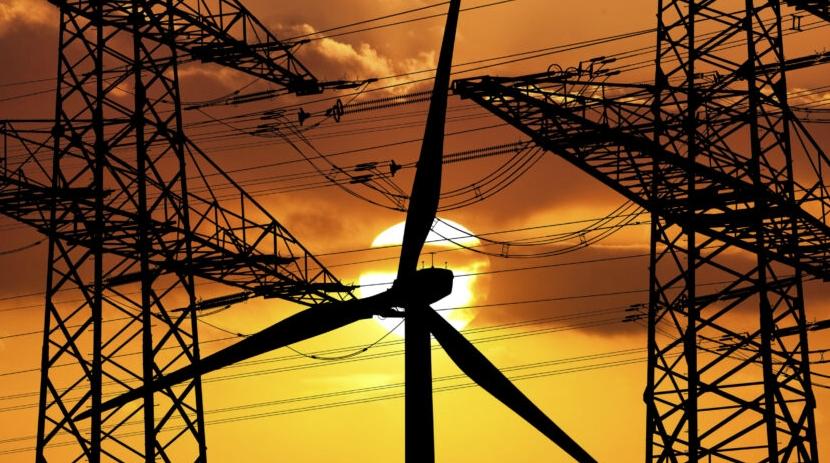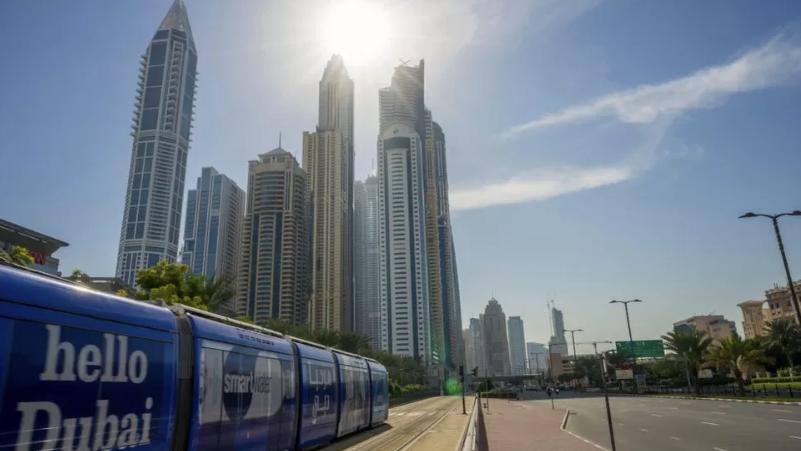Europe is facing a significant hurdle in its green transition: its aging electricity grid. With the EU ramping up its climate targets to 42.5% renewable energy consumption, the current infrastructure, which wasn’t designed for this energy shift, is strained. The system’s shortcomings aren’t just about size, but also its outdated technology, centralized design, and inadequate interconnections.
Powering Up
As EU energy commissioner Kadri Simpson pointed out, the 2030 goals will be unattainable without rapid grid upgrades.
- About 40% of the European grid is nearing its end-of-life, posing challenges for connecting to newer renewable sources. This has already manifested in countries like Poland where the grid couldn’t handle solar energy influxes.
- With the push to electrify transport and heating, the demand for electricity is set to spike. The EU’s goal to boost the number of heat pumps from 20 million to 60 million by 2030 exemplifies this trend.
- While the EU invests around €23 billion annually on grid expansion, with 141 ongoing projects, experts believe this isn’t enough. Eurelectric suggests an investment surge to €38 billion annually by 2030, while the European Commission estimates a need for €584 billion by 2030 for comprehensive grid expansion.
Linking Up
Interconnectors, or links between national grids, are crucial for energy security, allowing countries to support each other during power shortages. For instance, during a summer heatwave in 2022, France had to import electricity from neighboring nations due to decreased nuclear power generation.
- By 2030, Europe aims for a cross-border exchange capacity of 136 GW. However, projections indicate a need for up to 187 GW to avoid shortages.
- Of the 141 transmission network projects, many focus on enhancing connections between EU countries. But timely completion remains a challenge. Out of 50 cross-border projects, only a fraction are in active phases.
- Enhancing connections with non-EU countries, like the UK or Western Balkans, can further boost energy security and access to renewable sources. Yet, progress is slow with many projects still in deliberation.
Spreading Out
The green transition requires not just expansion but also a paradigm shift in the grid model. Moving from a centralized to a distributed system can enhance renewable energy capacity and potentially lower costs.
- Unlike centralized systems, local transmission in distributed networks can better accommodate renewable sources, like household solar installations.
- This shift can also be cost-effective. For instance, in Poland, where most people live in smaller towns, a local network can be more economical than a centralized one.
- However, the International Energy Agency states that the capacity of distributed networks is “insufficient.” While the EU’s announcement of an upcoming action plan is promising, it needs to underscore the shift towards more local networks.
Revving Up
Digitalization of the grid offers a promising avenue for modernization. The EU has earmarked around €170 billion for this, aiming to increase system flexibility and compatibility with renewable sources.
- Digital enhancements can empower consumers, letting them contribute excess solar energy to the grid or utilize stored electricity from their electric vehicles.
- The EU’s focus on digitalization in its investment strategy is a positive sign. A similar approach should be applied to grid decentralization and cross-border connections.
- Synchronizing strategies is crucial. The EU and its member states must ensure alignment between their plans, both in project designs and financing models. With grid developments taking years, it’s imperative to initiate changes now for a sustainable European future.



